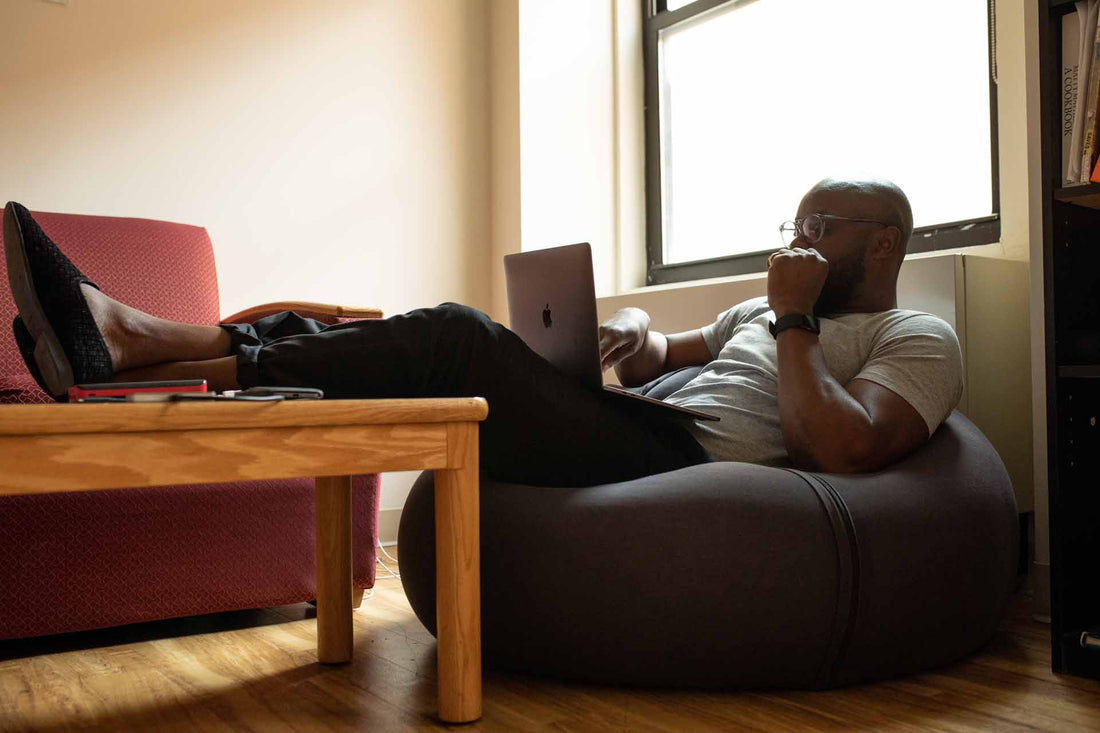What Will the Future of Office Work Look Like?
August 4th, 2021
There's no question COVID-19 has changed the landscape of the workplace. But what about after the pandemic as the economy opens up?
A Hybrid of Remote Work and Office Work.
A survey conducted by Pearl Meyer found that a third of American workforces that switched to a virtual workforce during the pandemic will remain virtual in the post-pandemic economy.
This suggests switching to remote work is showing to pay off for employers. Meanwhile, employees have adapted their lifestyles to working from home. More than ever, companies are also hiring more freelancers and fewer in-house employees because the feasibility is there and economically it makes sense.
All that said, the future of work will combine pre-pandemic norms with pandemic norms to combine the best of both worlds in a new hybrid model.
Technology is Disrupting Office Work
Thanks to technology making remote work easier than ever, the switch to a virtual workforce is becoming a no-brainer for employers.
Cloud Computing
Cloud computing is what makes remote work and a hybrid workplace model possible. Secure remote access to workloads on any device is possible with cloud infrastructure services, such as IBM Cloud and Microsoft Azure.
Automation
Increasingly, HR tasks are being outsourced to automation software. Automation is also taking away menial tasks like data entry and repetitive movements, which improves job satisfaction, engagement and productivity.
Trends in Employee Lifestyle and Culture
Workforce culture has also gone through a transformation alongside the shift to working through home. With remote workers dictating their own schedules and seeking work-life balance in working at home, there's opportunity for employers to engage and retain employees by offering lifestyle support. While some employers are offering stipends for home offices, others are providing resources and benefits for mental health services. As employees switch between remote jobs more quickly than ever, employers can retain their talent with incentives that support their physical and mental health, particularly in light of the global pandemic and an unpredictable future moving forward.
Companies should emphasize live communication among remote workers as much as possible, including scheduled Zoom calls and online chat. Competitive employers will provide remote workers with webcams, headphones with mics, or other hardware to employees who need it.
Final Thoughts
Many companies set their employees up to work from home during the pandemic, but bringing them back is becoming less likely as time goes on. With employees feeling they have more flexibility than ever, they increasingly are focused on making their job work for them. By giving employees access to more services that promote long-term well-being and stability in their life, employers, in turn, can expect long-term rewards with their employees.

